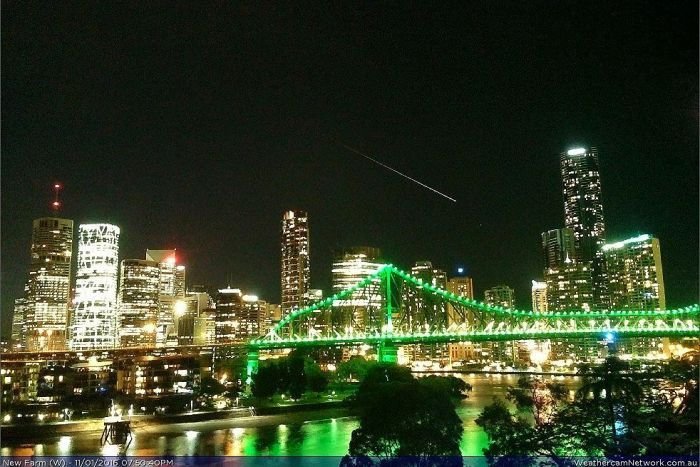
© Australian Weathercam NetworkDozens of people took to social media on Monday night after spotting a meteor over the skies of south east Queensland
A Brisbane webcam set up to monitor the weather has snapped the moment a meteor blazed over the city.
The Australian Weathercam Network's (AWN) camera at New Farm, which takes a photo every 20 seconds at night, captured the shooting star over a green-lit Story Bridge at exactly 7:50:40pm on Monday.
It was also sighted by dozens of people who took to social media to share their excitement.
Dr Stephen Hughes from Queensland University of Technology's Science and Engineering Faculty said the meteor had to be burning bright for it to be photographed so clearly over a brightly-lit Brisbane CBD.
"If it was in the sky for several seconds, that's in a fireball category, like something the size of an orange coming through the atmosphere," he said.
Dr Hughes said spotting a meteor was common, adding that a stargazer could see one as frequently as every half hour.
"If you see a meteor flash really quick it's probably the size of a grain of sand. If it's like this it could be bigger because it's burning for longer," he said.
"The fact it's got that light competition and it can still be seen ... I would veer towards something a bit bigger coming in."
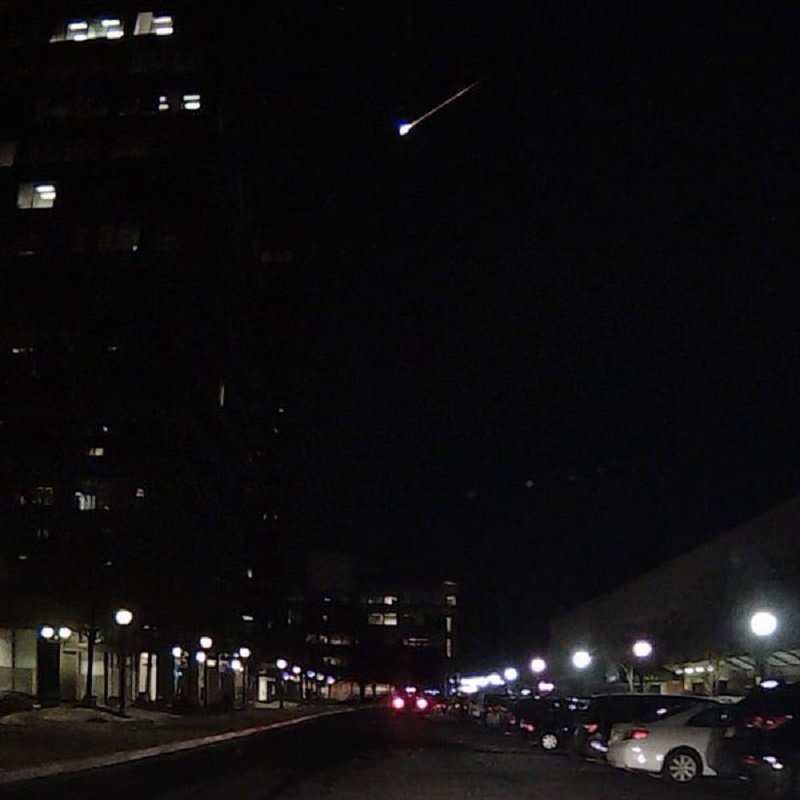
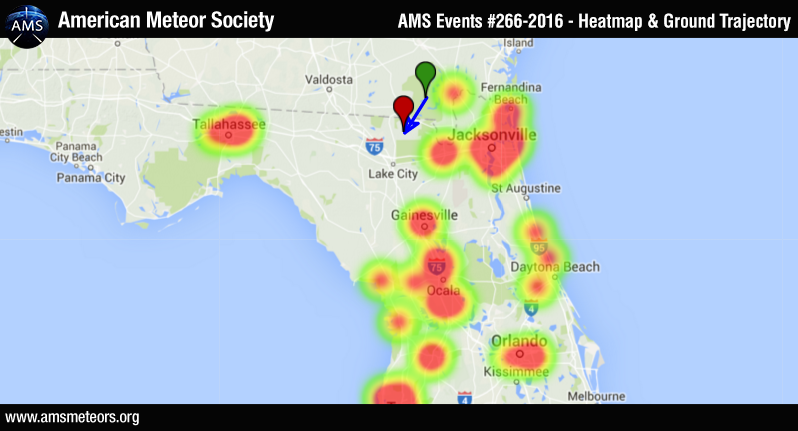

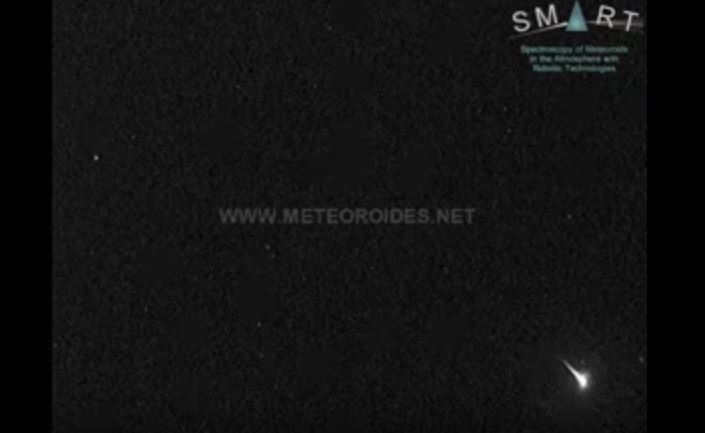
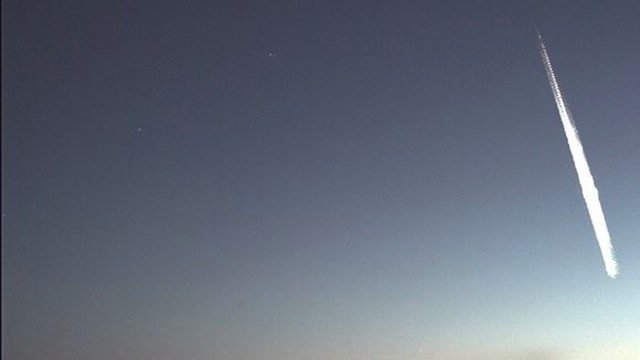
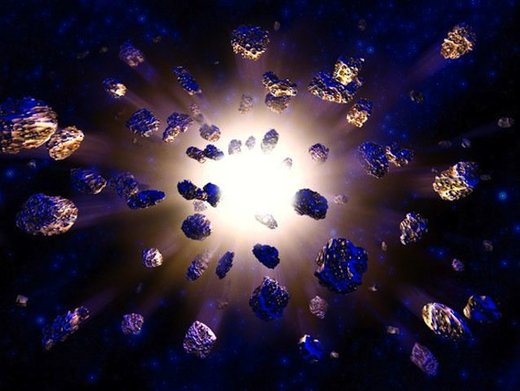
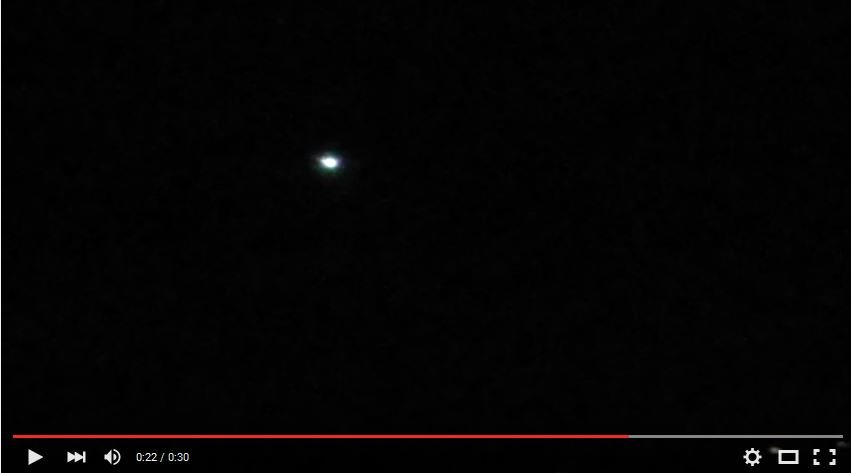

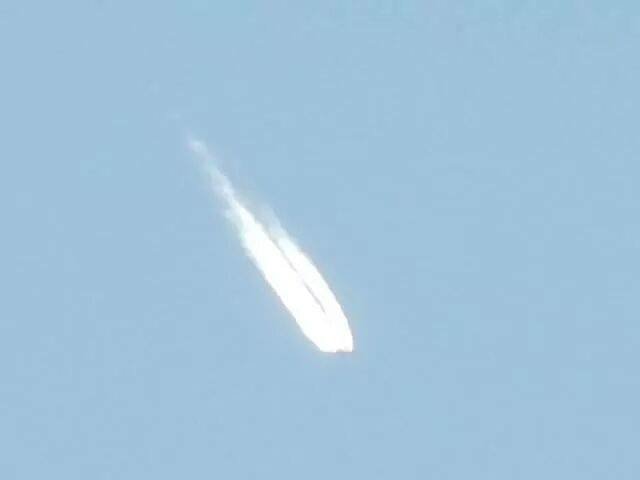
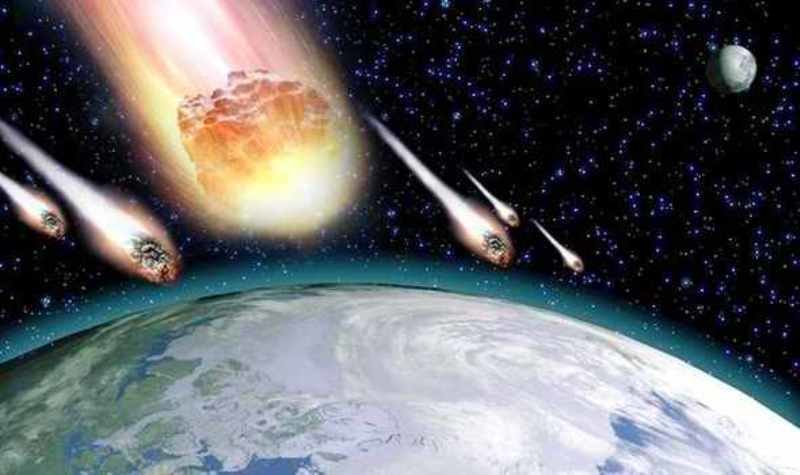



Comment: Two planes also got it on tape: